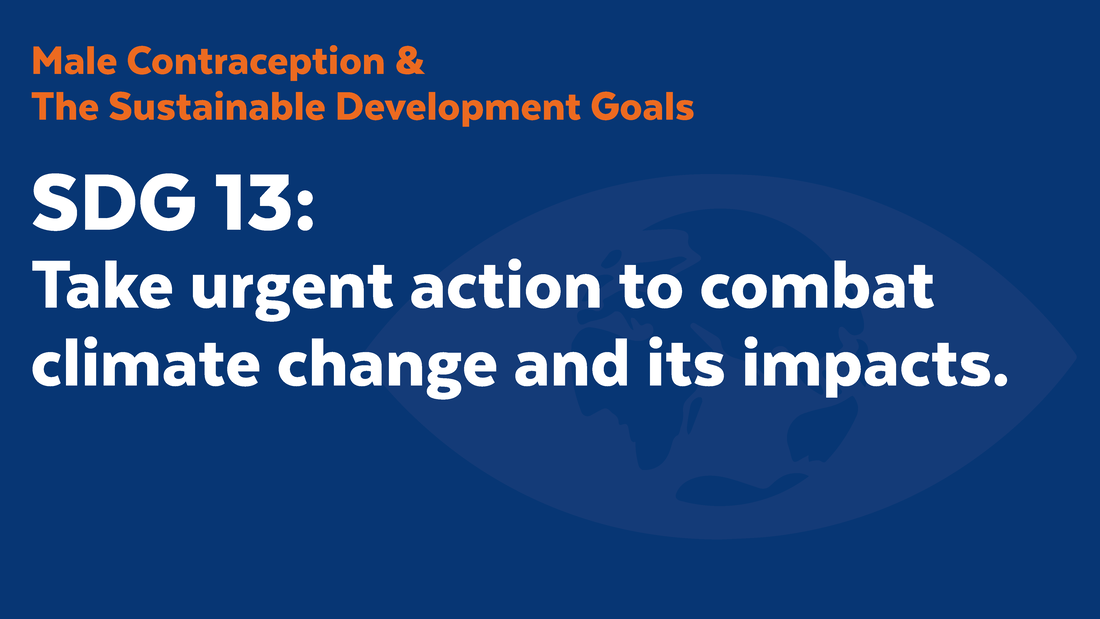|
Climate change is real, and its impacts are already being felt by every human on the planet. One way we can take action today is to provide new methods for men and women to choose if and when to have children. In the last century, oceans have warmed, snow and ice levels have diminished, and sea levels have risen. This trend is tightly correlated with increasing levels of carbon dioxide. As our global population nears and exceeds 8 billion people, we have increased, rather than decreased, our emissions, and made little progress on responding to the threat. Given current scenarios, it is likely that the increase in global temperature will result in a rising sea level and more extreme weather scenarios. This threatens our coastal cities, our food supply, and ultimately our way of life. Over 200 million human pregnancies occur each year globally. At least 40% of those pregnancies are unintended, resulting in about 30 million abortions, and 50 million unplanned births. Despite the existence of over a dozen female contraceptive options, unmet need is still high. More accessible contraceptive choices are needed to ensure that all children born today are planned and wanted. Slowing future population growth by addressing unintended pregnancies could reduce emissions globally by an estimated 40% or more in the long term. One way to make an outsized impact on unmet need is to focus on male-led methods of contraception. In a world with nearly 8 billion humans, and by proxy, nearly 4 billion men, half of the population is left with two contraceptive options - condoms and vasectomy. Condoms have a failure rate of nearly 15%, and vasectomy is a permanent option that does not appeal to many men. Male contraceptive methods have been modeled to make an impact on unplanned pregnancies in developed and developing countries. Globally, around half of all men express an interest in using new methods of birth control. Investing in our future requires finding areas of opportunity where we can make big, systemic changes, quickly. That is why it’s so important to invest in new male contraceptives. Sources/References:
- “Population and the Environment — Time for Another Contraception Revolution” by Deborah J. Anderson, Ph.D. - “Climate change and contraception” by John Bongaarts and Regine Sitruk-Ware - “Modeling the impact of novel male contraceptive methods on reductions in unintended pregnancies in Nigeria, South Africa, and the United States” by Emily Dorman, Brian Perry, Chelsea B. Polis, Lisa Campo-Engelstein, Dominick Shattuck, Aaron Hamlin, Abigail Aiken James Trussell, and David Sokal - NASA’s “Climate Change: How Do We Know?” Comments are closed.
|
Categories
All
Archives
June 2024
|
|
|
Donate to Male Contraceptive InitiativeYour generous donation makes a difference!
|
© Male Contraceptive Initiative. All rights reserved.


 RSS Feed
RSS Feed
